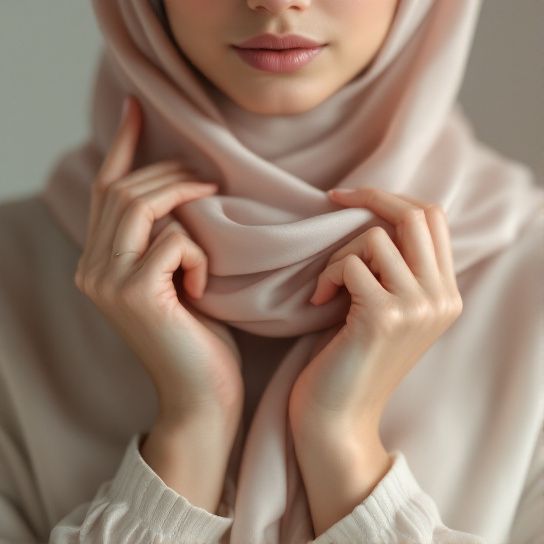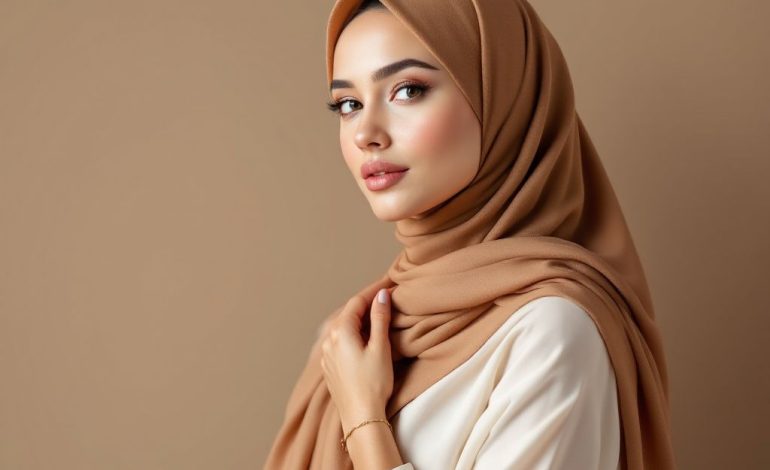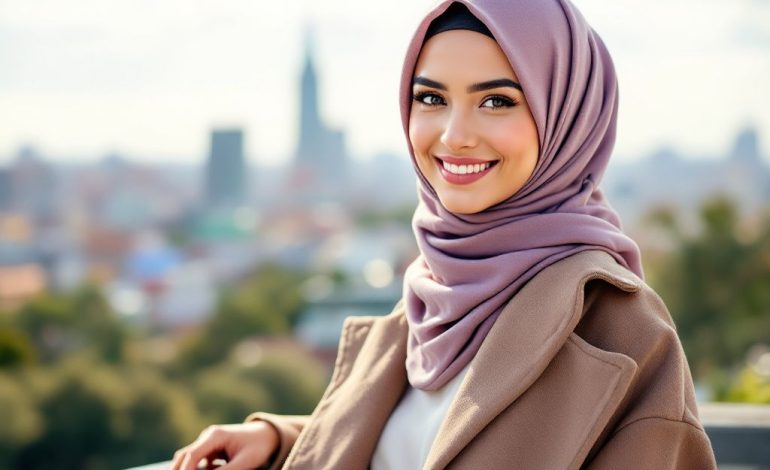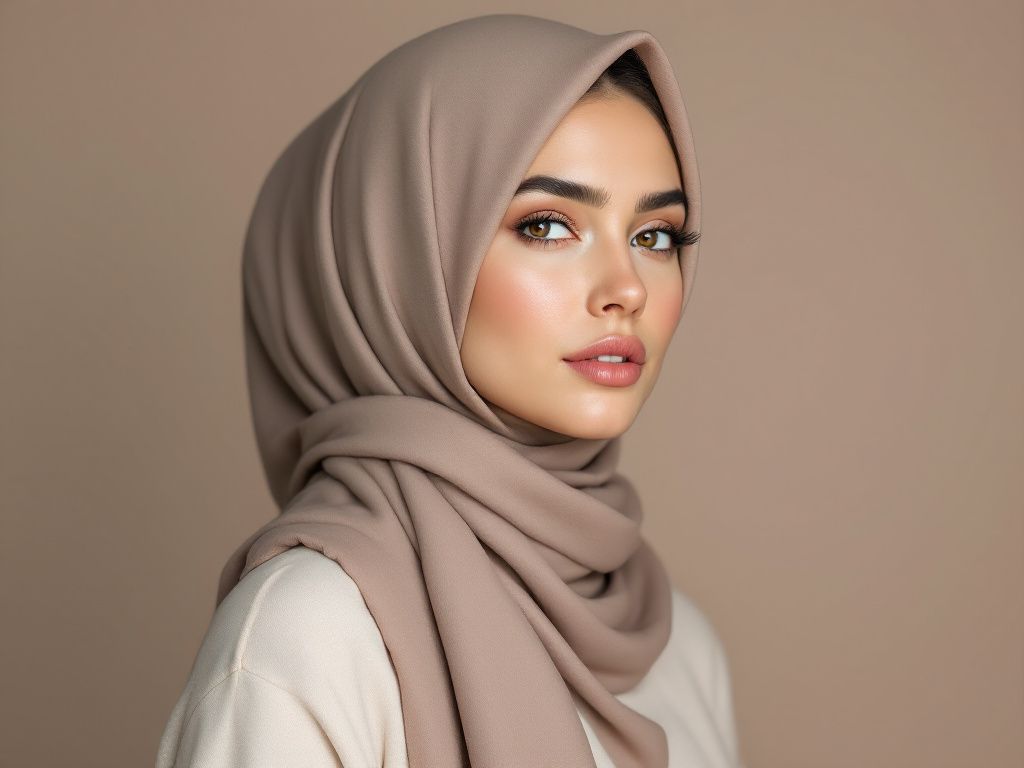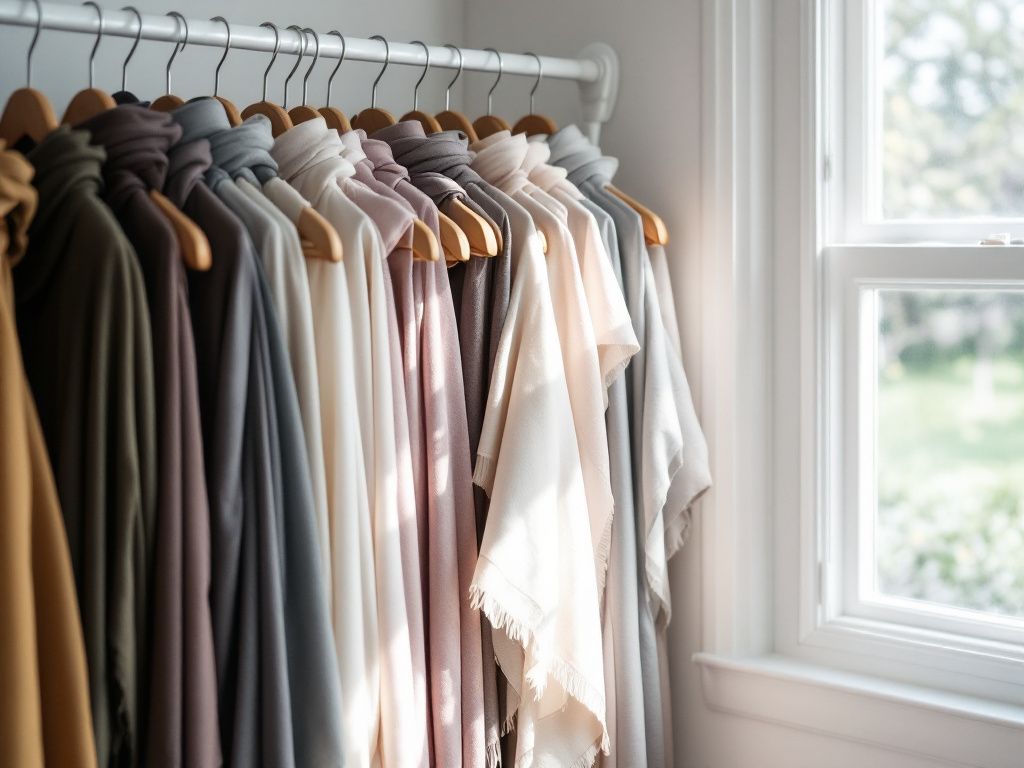Mastering the Art of Professional Hijab Styles for Video Calls
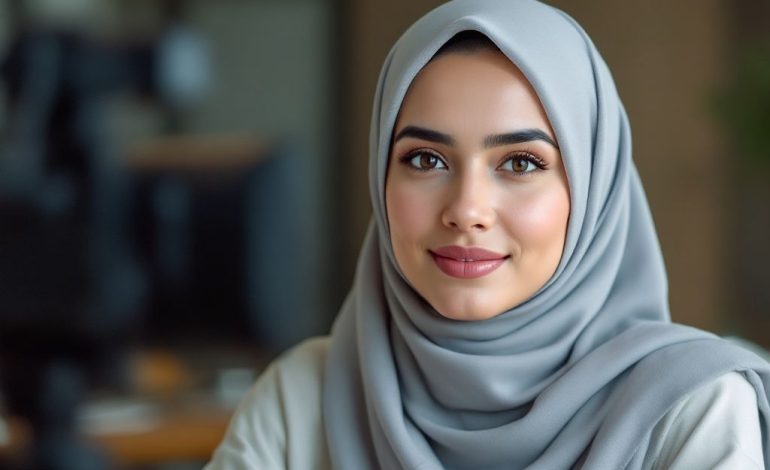
In today’s digital-first world, video calls have become the norm, seamlessly blending our work lives with the virtual universe. Whether it’s a business meeting, a friendly catch-up, or a virtual interview, being prepared isn’t just about notes—it’s about looking and feeling professional on camera. Now, if you’re one who wears a hijab, that adds an extra layer to the preparation. “How can I nail a professional hijab style that is just screen-ready?”—sound familiar? This guide aims to unravel that question, one step at a time.
The Essence of a Camera-Friendly Hijab Style
Before diving into styles, let’s tackle why this even matters. In the realm of video calls, first impressions count. Your ’face on the screen,’ which includes your hijab, speaks before you do. A professional hijab should combine elegance with comfort, ensuring you look poised without feeling constrained. And trust me, with each call becoming its mini fashion show on the daily, blending professionalism with personal style is more crucial than ever.
Finding Freedom in Fabrics
The fabric you choose plays a massive role—don’t underestimate it! Lightweight and breathable materials are your best friends. They offer ease for long calls without feeling too heavy. Think cotton, jersey, or breathable silk. They’re not only comfortable but ensure your hijab lays beautifully—letting you focus entirely on the conversation, instead of constant readjustments.
Color: A Mood and Message
While it can be tempting to go all in with vibrant hues, sticking to neutral or soft tones on video calls may sometimes speak louder. They prevent your face from blending into your clothing, helping your expressions pop—your eyes will thank you! Trust me, gray, beige, or soft pastels can still mean business, with just enough pop to keep you feeling alive!
Camera-Ready Styles: Setting the Stage
Let’s jump into the good stuff—styles that play well with the camera. It’s like a date with your brightest self, with every fold and twist lending you confidence. Here’s a rundown of some easy-breezy styles:

1. The Classic Draped Hijab
Picture this: you’re in the thick of a virtual negotiation, and your hijab gently hugs your face, offering that needed comfort and class. The classic drape is all about elegance with ease. It involves a single fold on one side, neatly pinned under the chin, letting the fabric cascade gracefully. Boom—a clean, comfy look that’s screen-ready in minutes.
2. The Turban Twirl
Yes, there’s power in simplicity. The turban style offers a sleek look and less bulk around the neck—ideal, especially when digital distractions abound, and you’re juggling quick clothing swaps. Wrap it around your head, tuck in the ends, and you’re done. It’s not just a style; it’s a storytelling piece of grace and professionalism rolled into one.
3. Layered Sophistication
The layered hijab is like a visual treat that wraps motion and texture beautifully. And yet, achieve it by simply wrapping one end over the other, creating loops that are then pinned strategically. Ideal for discussions where slight dramatics are welcome on your end of the screen, portraying depth and a dash of warmth.
4. The Sleek Underscarf
Ah, the underscarf—oft-overlooked but wildly invaluable. Incorporating an underscarf can help your hijab stay secure, providing a smooth base that prevents slipping and ensures clean lines. Opt for materials like Lycra, which won’t budge, and pairs stunningly with your hijab’s drape.
Tips for Winning at Video Calls: Lighting, Angles, and Environment
Looking professional doesn’t entirely depend on how you drape your hijab. It’s backed by awareness—lighting and environment are harmonizers in highlighting your efforts. A few things to watch:

Master the Lighting
Natural lighting works wonders. Sit facing a window, so soft light frames your face—warming your complexion while keeping shadows away. If the sun isn’t cooperating, adjust ring lights (if you have them) or plug lamps in for steady illumination.
Play with Angles
A head-on angle at eye level creates presence and is genuinely engaging. Think of it as an invitation. Resist the image of hunching over! Find a spot where the camera spots you looking relaxed and confident, giving the full stage to your professional hijab look.
Background Harmony
The backdrop should feel aligned with your interaction—an uncluttered scene bolsters clear communication. It doesn’t mean plain whites—consider plants, books, or simple patterns just shy of distracting. They contrast nicely with your professional attire.
Final Flourishes: Accessories Speak
First off, don’t go overboard—let the accessories complement, not overshadow. A well-placed brooch or pin could add that subtle sparkle or even a thoughtful layer to your communication. Earrings, if visible, should follow the less-is-more rule, blending elegance seamlessly with your refined appearance.
Breaking it Down: Steps for Success
Here’s how you wrap all our chatter into action—zoom into these steps every time you call that video chat ritual:

- Choose Your Outfit: Pick a sophisticated yet comfortable top; your hijab’s co-star on screen.
- Select Hijab Style: Depending on your vibe, choose from styles we’ve explored—the classic, turban, or layered looks.
- Embrace Essential Prep: Secure any loose ends and counter potential fallouts with an underscarf or a brooch.
- Create the Environment: Sit where the camera frames you well; adjust your chair to sit eye-level with your webcam.
- 5. **Fine-tune Lighting: Balance the lighting so your features standout naturally.
- 6. **Leverage Accessories: Keep it minimal—sometimes a single standout piece changes the game.
Remember this mantra, echo it aloud if you must: the power’s in your grasp; polish only adds credence to the talent you’re about to deploy, shining through your professional hijab style!
Recap: The Bridge Between Attire and Acknowledgement
By now, it becomes evident that bridging all these aspects is the seamless flow of accenting confidence, aligning fabric choice, mindful coloring, unwavering preparations, playful accessorizing, and other quintessential takeaways. Seamlessly adapt these guiding lights into your day-to-day or game-changing zoom-in important tomorrows. Wear with purpose and share narratives through them—because you carry stories deep within your professional hijab.
Parting Words
Each virtual meeting paves newer pathways for your unique flair—an extension of you. Approach each call as a canvas to paint scents of confidence and professionalism, arriving naturally settled and ready. Let the virtual dynamic be just one of the many releases of capability luminescing to your journey, every fold narrating strength, guided comfortably by styles made just for you. Keep smiling; the world reciprocates from the other end!
Frequently Asked Questions
How often should I wash my face mask to prevent maskne?
To prevent maskne, it is crucial to wash your face mask regularly. For fabric masks, wash them after every use, similar to how you would wash your underwear[2][3][4]. Disposable masks should be tossed after each use to prevent the buildup of bacteria and other contaminants[3][5>.
What type of skincare products are best for preventing maskne?
For preventing maskne, use skincare products that are oil-free or noncomedogenic. These products, such as gentle cleansers, moisturizers, and sunscreens, help prevent clogged pores and reduce the risk of acne. Look for products containing salicylic acid or benzoyl peroxide for their acne-fighting properties[1][3][4>.
How can I reduce friction and irritation caused by wearing a face mask?
To reduce friction and irritation, choose a mask that fits well and is made from breathable fabrics like cotton or bamboo. Loosen the mask straps, use pads under the straps, or consider a headband-style mask to minimize friction. Taking brief breaks to remove the mask and allow your skin to breathe can also help[2][3][5>.
What are some additional tips to prevent maskne while wearing a face mask?
In addition to regular mask washing and using the right skincare products, avoid touching your face, skip makeup or use noncomedogenic makeup, and moisturize your skin to keep it hydrated. Also, limit the use of active ingredients like retinol or benzoyl peroxide during the day when wearing a mask, and consider using a topical antimicrobial cream to prevent bacterial buildup[1][3][4>.
References